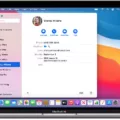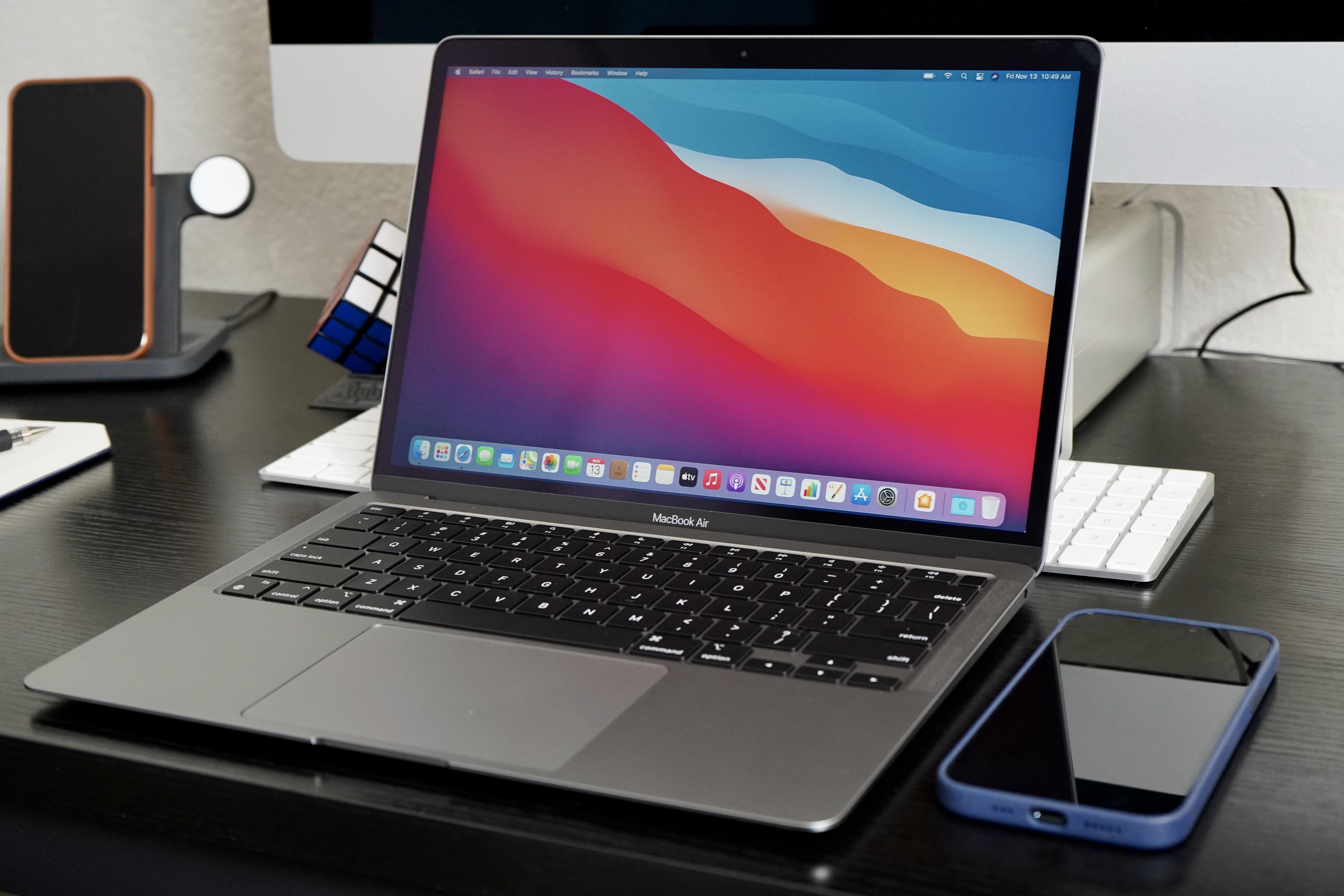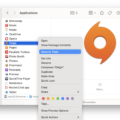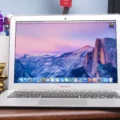The Macbook is a powerful, sleek and reliable laptop, utilized by many users acrss the world. As with any technology, it’s important to know how to delete files and folders on a Macbook in order to keep your computer running smoothly.
Whether you’re trying to make room for more files or just getting rid of some unnecessary data, deleting is an essential part of using your Macbook. Here are the steps on how to delete files and folders on a Macbook:
1. Locate the file or folder you want to delete from your desktop or in Finder.
2. Select the item by clicking it once.
3. Press “Command” + “Delete” on your keyboard. This will move the item you selected to the Trash folder located in Finder or at the bottom-right corner of your Desktop.
4. To empty Trash, open up Finder and select Trash from wihin Finder’s Sidebar (or directly click it from your Desktop). Once opened, press Command + A on your keyboard at the same time to select all items inside of Trash, then press Command + Delete simultaneously again in order to delete all items inside of Trash; this will permanently erase all items that were previously moved into Trash by pressing “Command” + “Delete” earlier in this tutorial.
5. Empty Trash by selecting Finder > Empty Trash from the menu bar at the top of your screen (or right-click on Trash icon). Then click “Empty” when prompted and this will finish deleting all items that were inside of Trash/the item you selected earlier via Command + Delete shortcut key combination.
By following these steps you can easily delete files and folders without hassle! It’s always important to remember that when you delete an item, even if it was emptied from the trash, it can still be recovered if needed so make sure not to delete something important unless you’re absolutely certain that it won’t be needed again!
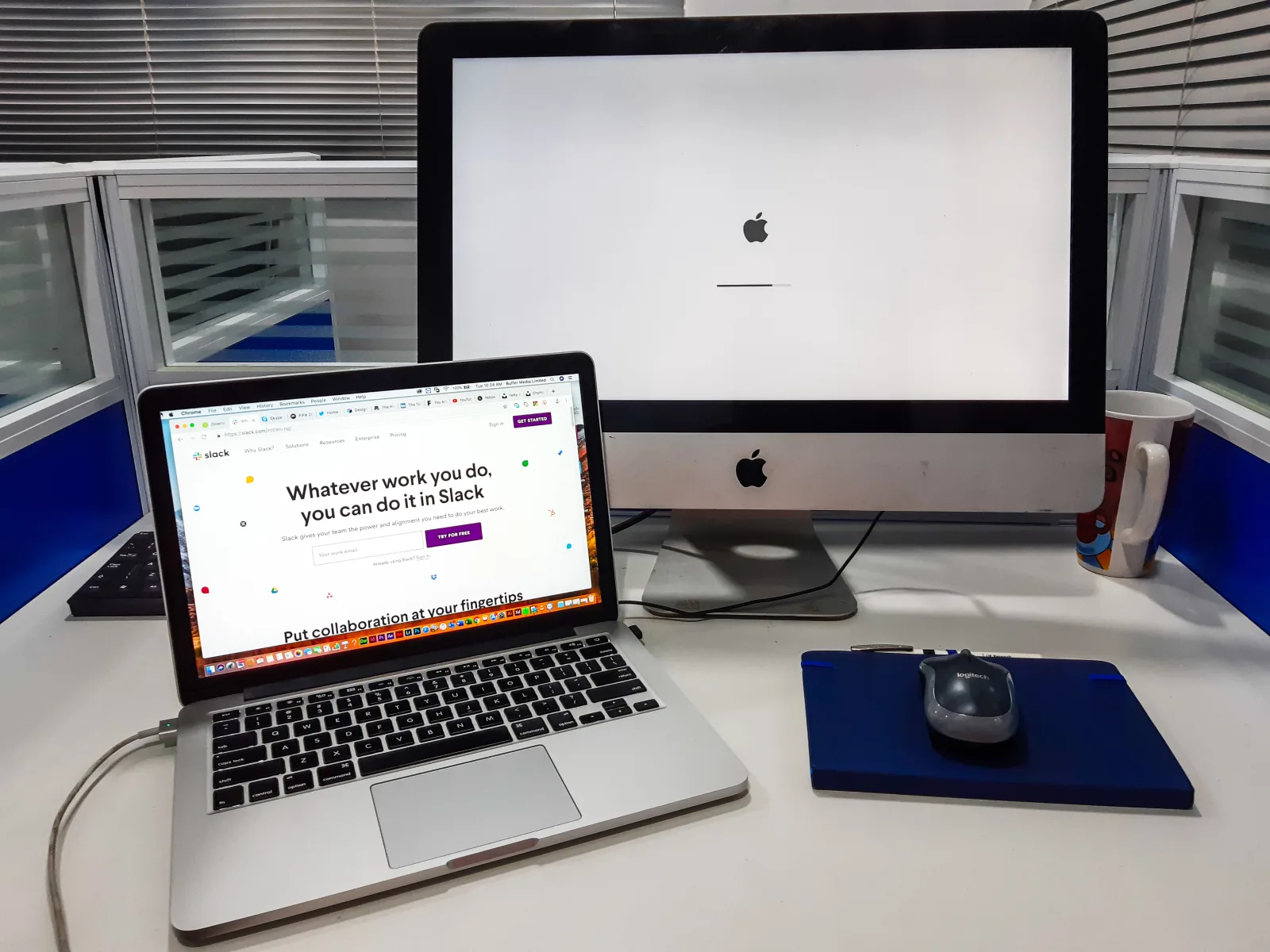
Erasing and Deleting on a Mac
Erasing and deleting on a Mac is easy and straightforward. To begin, open the System Preferences menu from the Apple menu ? in the corner of your screen. From the System Preferences menu, select Erase All Content and Settings. This option will erase all data stored on your Mac, including documents, photos, music, applications, and settings. You will be prompted to enter your password to confirm that you want to erase your Mac’s contents. After entering your password, click Erase to complete the process. Once complete, your Mac will be restored to its original factory settings and all of its content will be permanently erased from its storage drive.
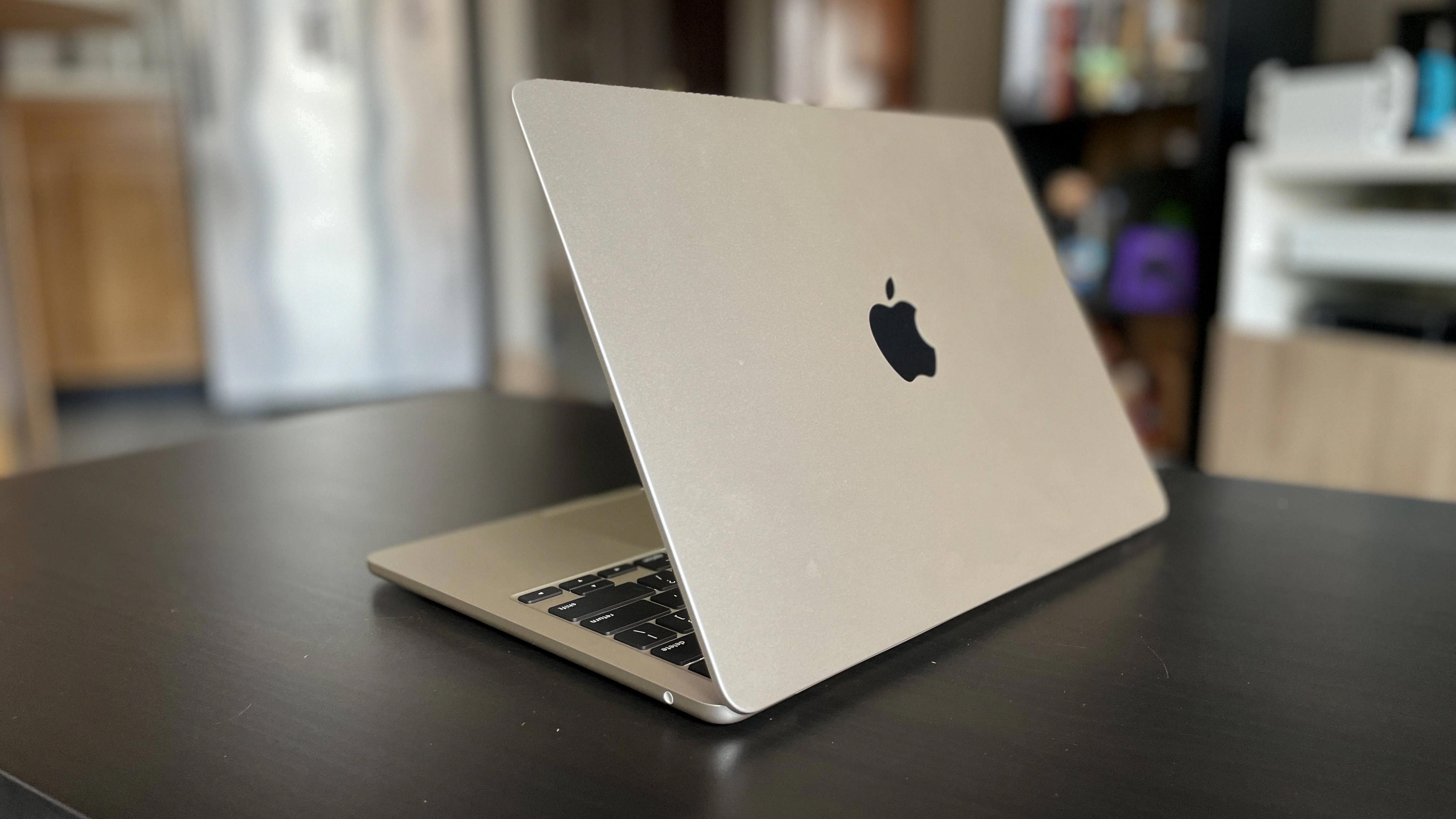
Source: cnn.com
Locating the Delete Button on a Macbook Air
The delete button on a Macbook Air is located at the top rght of the keyboard. It can be identified by the word ‘delete’ printed on it. To forward-delete, you need to hold down the fn key and press delete. This will act similarly to the Backspace and Delete keys on a PC.
The Location of the Delete Button
The Delete key, also referred to as the Del key, is typically located on most keyboards near the Backspace key. On standard PC keyboards, the Delete key is uually found on the top right-hand side of the main keyboard and on the numeric keypad. On Apple computer keyboards, rather than a Backspace key, you’ll find a Delete key in its place, but no Del key on the numeric keypad. The Delete keys are normally highlighted in blue on both locations of the keyboard. When pressed, the Delete button will delete characters to the right of your cursor or selected text.
Deleting Data From a Macbook Air
Deleting data from your Macbook Air is easy. First, open the Finder window and locate the files or folders you want to delete. Select them and press the Delete key. If you are asked to confirm your action, click on the “Delete” button to confirm. Alternatively, you can also right-click on the selected items and select “Move to Trash” option from the drop-down menu. Once deleted, make sure to empty your trash bin by right-clicking on it and selecting “Empty Trash” option from the drop-down menu. This will permanently remove all deleted files and folders from your Macbook Air.
Deleting All Files on a Mac
To delete all files on your Mac, you need to use the Finder application. First, open Finder and select the folder containing the files you want to delete. Then, press Command + A to select all files in that folder. Finally, press Command + Delete and confirm the deletion when prompted. Be sure to double-check that you are deleting the correct files befoe confirming the deletion as this action cannot be reversed.
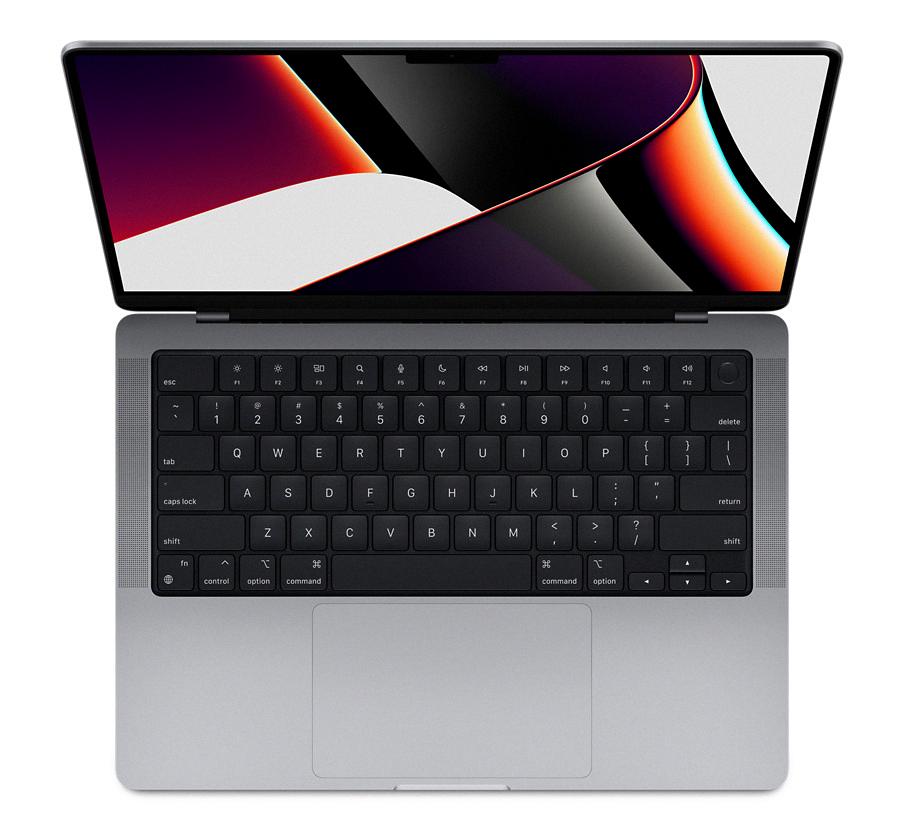
Source: apple.com
Erasing All Content on a Macbook Air 2015
Erasing all content on your Macbook Air 2015 is a simple process. First, open Disk Utility. You can find this under the Utilities folder in the Applications folder. Next, click Continue, then go to View > Show All Devices. Select your hard drive and click Erase. In the Format field, choose the APFS option if you are running macOS High Sierra or later; if you are running macOS Sierra or earlier, choose the Mac OS Extended (Journaled) option. After that, click Erase and wait for the process to finish before restarting your Macbook Air 2015.
Using the Shortcut Key to Delete
The shortcut key to delete is Backspace. To delete the next character, press Delete. To delete the next word, press Ctrl+Delete or Ctrl+Backspace. To delete the previous character, press Backspace.
Deleting Using the Keyboard
Deleting text using the keyboard is a simple process. First, select the text you want to delete by pressing and holding the left mouse button while dragging the cursor across the text. Alternatively, if you want to delete an entire line of text, press Ctrl+A to select all of it at once. Once selected, press the Delete key on your keyboard to remove it from the document. You can also use oter shortcut keys such as Ctrl+X (to cut) or Ctrl+C (to copy) if you want to move or copy your selection before deleting it.
Troubleshooting a Non-Functioning Delete Key on a Mac
If your Delete key is not working on your Mac, it could be due to a few different reasons. Firstly, you may need to check the settings in System Preferences > Keyboard > Modifier Keys and make sure that the Delete key is mapped correctly. Additionally, you may need to check if your keyboard is set up in the correct language, as certain languages might not have a delete key mapped to them. Finally, you can try checking the Show Keyboard and Emoji Viewers in the menu bar setting, and then selecting Show Keyboard Viewer to ensure that the Delete button is inded mapped to your keyboard. If none of these steps work, you may need to contact Apple Support for further assistance.
Performing a Factory Reset on a MacBook Pro
To factory reset your MacBook Pro, you will need to start by clicking the Apple icon in the menu bar at the top left corner of your screen. From there, select System Preferences from the drop-down menu. In System Preferences, you will see an option for ‘Erase All Contents and Settings’. Select this option and enter your password when prompted. Once you have entered your password, select OK and then select the ‘Erase All Content & Settings’ button to begin the reset process. This process may take some time, so pease be patient while it completes. Once it is finished, your MacBook Pro will have been completely reset to its initial factory settings.
Wiping a MacBook Air 2014
To wipe your MacBook Air 2014, you will need to first reboot it. To do this, hold down the Command and R keys as soon as you hear the Mac tone. When the macOS Utilities screen appears, click on Disk Utility. Then, choose your Mac’s system drive (usually named Macintosh HD), and click Erase. From there, you can choose to erase the disk using either a Mac OS Extended (Journaled) or APFS (Case-sensitive) format. The process may take some time to complete, so be patient whle your MacBook Air erases all of its data. Once it’s done, you will have a completely fresh installation of macOS on your device that is ready for use.
Wiping a MacBook Air 2013
Firstly you will need to back up any data or files you wuld like to keep from your MacBook Air 2013. Once this is done, restart your MacBook and hold down the Command and R keys on the keyboard simultaneously. When the Apple logo appears on the screen, release the keys and select your language. Then choose Disk Utility and click Continue. Choose your startup disk (named Macintosh HD by default) from the sidebar and click the Erase button at the top of the window. Select Mac OS Extended (Journaled) as your format, enter a name for your hard drive in the Name field, then click Erase. Once this is complete, quit Disk Utility and choose Reinstall OS X from the OS X Utilities menu that appears next. This will begin reinstalling a fresh copy of OS X. Finally, follow the onscreen instructions to finish setting up your MacBook Air 2013 with a clean slate!
The Quickest Way to Delete Files on a Mac
The fastest way to delete files on a Mac is to use the ? + Delete shortcut. This shortcut will instantly move the selected file to the Trash icon in your Dock. Alternatively, you can right-click on any file and select Move to Trash from the menu or drag-and-drop the file onto the Trash icon.
Deleting Multiple Items on a Mac
Deleting multiple items on a Mac is easy! To begin, select the items you wish to delete by holding down the Shift key and clicking on each one. Once you have selected your items, drag them to the Trash located in the Dock at the bottom of your screen. Alternatively, you can also right-click on any of the files or folders and select “Move to Trash” from the drop-down menu. Finally, if you would like to permanently delete these items and free up disk space, make sure to empty your Trash. To do this, simply right-click on your Trash icon and select “Empty Trash”. That’s all thee is to it!
Conclusion
The Apple Macbook is one of the most popular laptops on the market and for good reason. It offers a sleek design, powerful performance and reliable durability. The Macbook’s high-end specs, such as its Retina display, Intel processors, and fast RAM make it a great choice for any user looking for a laptop that can handle teir tasks with ease. Its long battery life and lightweight construction make it ideal for travel or everyday use. The range of features also makes it an excellent choice for both leisure activities and professional tasks. With its range of accessories and software options, the Macbook is an excellent choice for anyone wanting a great laptop experience.

